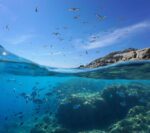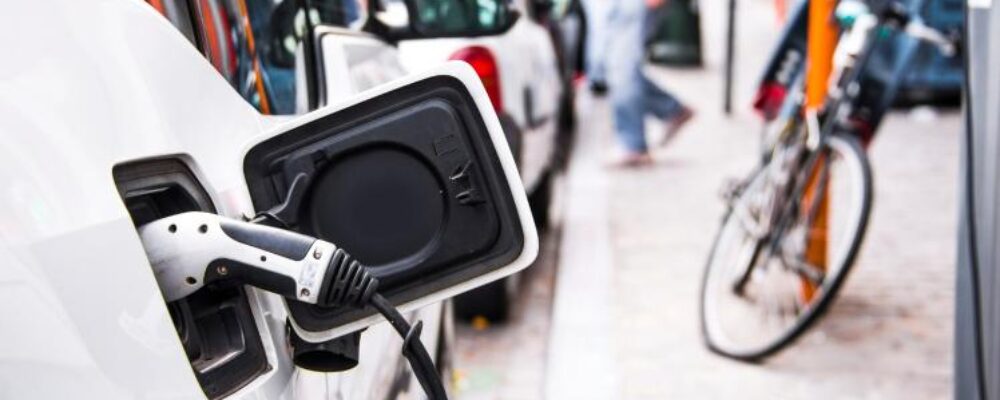The blue economy refers to the industries and societies that rely on oceans and waterways. The term is often used to promote the sustainable use of the oceans. The blue economy involves economic sectors such as offshore wind energy, tourism, marine biotechnology, fishing, agriculture and transport.
Covering more than 70% of the Earth’s surface, oceans and seas provide food, medicines, renewable energy, and natural resources to billions of people around the globe. Nearly half the world’s population depends directly on the seas for their livelihoods. The value of goods and services produced by marine and coastal resources is an estimated €2.5 trillion a year.
Human activities that damage the seas, such as pollution, the burning of fossil fuels and overfishing, are still expanding. By increasing the absorption of carbon dioxide in the oceans, global warming is acidifying the water and reducing oxygen levels, harming or killing marine plants, animals and other organisms. And as the ice caps melt, rising sea levels are putting hundreds of millions of people in coastal areas at risk.
The European Investment Bank undertakes many activities to help the oceans and the blue economy.
- The Bank is reducing pollution discharged into the ocean by investing in cleaner ships and biofuel projects, sustainable production of seafood and the recovery of many damaged coastal areas
- The Bank supports investment funds that improve sustainable operations of small-scale fisheries around the world
- The Bank was a principal player in the creation of the Sustainable Blue Economy Finance Principles. These principles explain how to make sure investments do not hurt marine life or coastal development or erode the ocean’s health
- The EIB and the Asian Development Bank signed a memorandum to set up the Clean and Sustainable Ocean Programme, which aims to support initiatives on sustainable oceans and the blue economy in the Asia-Pacific
- The European Investment Bank launched the Clean Oceans Initiative to provide more lending to the public and private sectors for projects that reduce the discharge of plastics into the oceans
What are microplastics?
Most of the plastics in the ocean are microplastics. They can’t be seen. They include broken-down plastic waste, synthetic fibres and tiny beads found in personal hygiene products. They harm marine life, which mistakes them for food, and they’re consumed by humans through seafood and drinking water.
An estimated eight million tonnes of plastic end up as waste in the oceans each year. Plastic waste also clogs drains and increases flooding in many cities. To stop this waste, we need to improve the poor waste collection and disposal methods in many parts of the world.
The need to conserve the oceans is one of the United Nation’s Sustainable Development Goals. The European Investment Bank and other development institutions are working hard to safeguard the seas and help the world meet these goals.
The European Investment Bank is the lending arm of the European Union. It is the biggest multilateral financial institution in the world and one of the largest providers of climate finance.
Please visit the firm link to site




